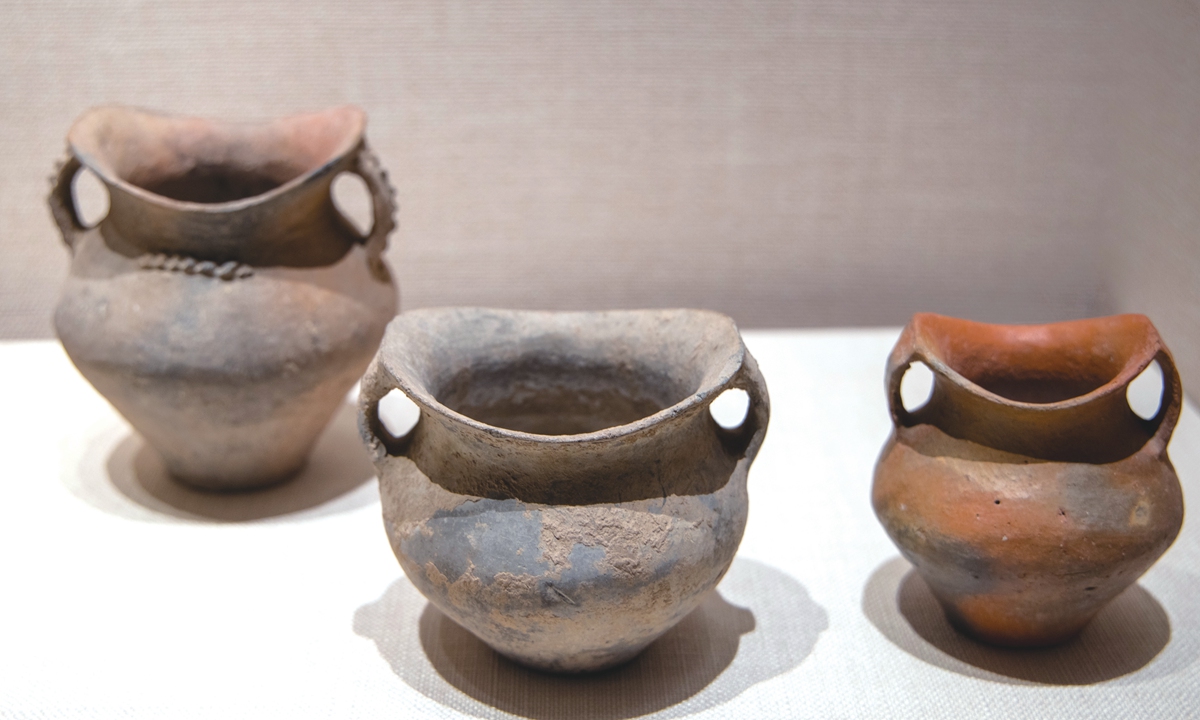ARTS / CULTURE & LEISURE
Chinese roots

Siwa Culture pottery Photo: IC
Siwa Culture: Bronze Age site reveals earliest signs of cremation in ChinaAn important Bronze Age culture located in Northwest China, the Siwa Culture, dates back to the 14th to 11th centuries BC.
The culture site was discovered by Swedish archaeologist Johan Gunnar Andersson in 1924 after he found some cultural remains during an archaeological excavation in the Siwa Mountains in Lintao county, Northwest China's Gansu Province.
In 1954, Chinese archaeologist Xia Nai discovered more relics, including six tombs at the Siwa archaeological site.
When Xia later published the report Excavation of Siwa Mountain in Lintao, he named the culture that produced the unearthed items the Siwa Culture, after the mountain range where the items were found.
In addition to the commonly found single-person burial and double-person burial pits, the archaeologist also found tombs containing cremated remains, the earliest evidence of cremation found in China to date.
The cremated ashes of the deceased were placed in a saddle-mouth clay pot, which was then covered with pieces of stone.
The burial objects of the Siwa Culture found at the site include pottery and bronze wares, various ornaments and the bones of horses, cattle and sheep. Human bones and chariots used as sacrifices were also found in some tombs, indicating that the Siwa Culture was a slave society.
The pottery of the Siwa Culture is often decorated with a mix of gray-black and brick-red designs. The traces of the fingerprints of ancient craftsmen have also been found on the inner side of the pottery wares.
Most of the pottery wares don't have a pattern on their surface but archaeologists noticed that some are decorated with patterns such as ropes, piled objects and color paintings made up of black spots and white stripes.
One thing worth noticing is that some Chinese characters such as "one" and "human" as well as other symbols were carved on some pottery wares. These were later identified by experts to be an early form of Chinese characters.
As a culture that strived during the Bronze Age, the Siwa Culture had an advanced copper smelting industry, which can be seen from the unearthed bronze weapons at the site such as spears, arrowheads and swords.
Lintao, the county where the Siwa Culture was discovered, was recognized academically as a gathering place of different pre-historic civilizations. Evidence of the Majiayao and Xindian cultures have also been uncovered at the site.
Global Times

